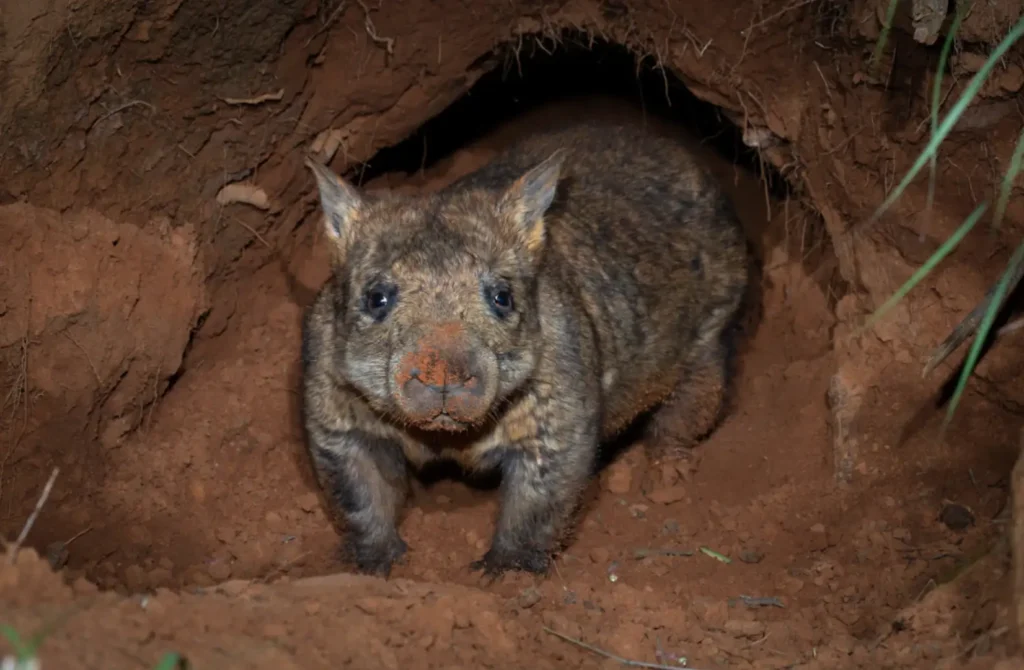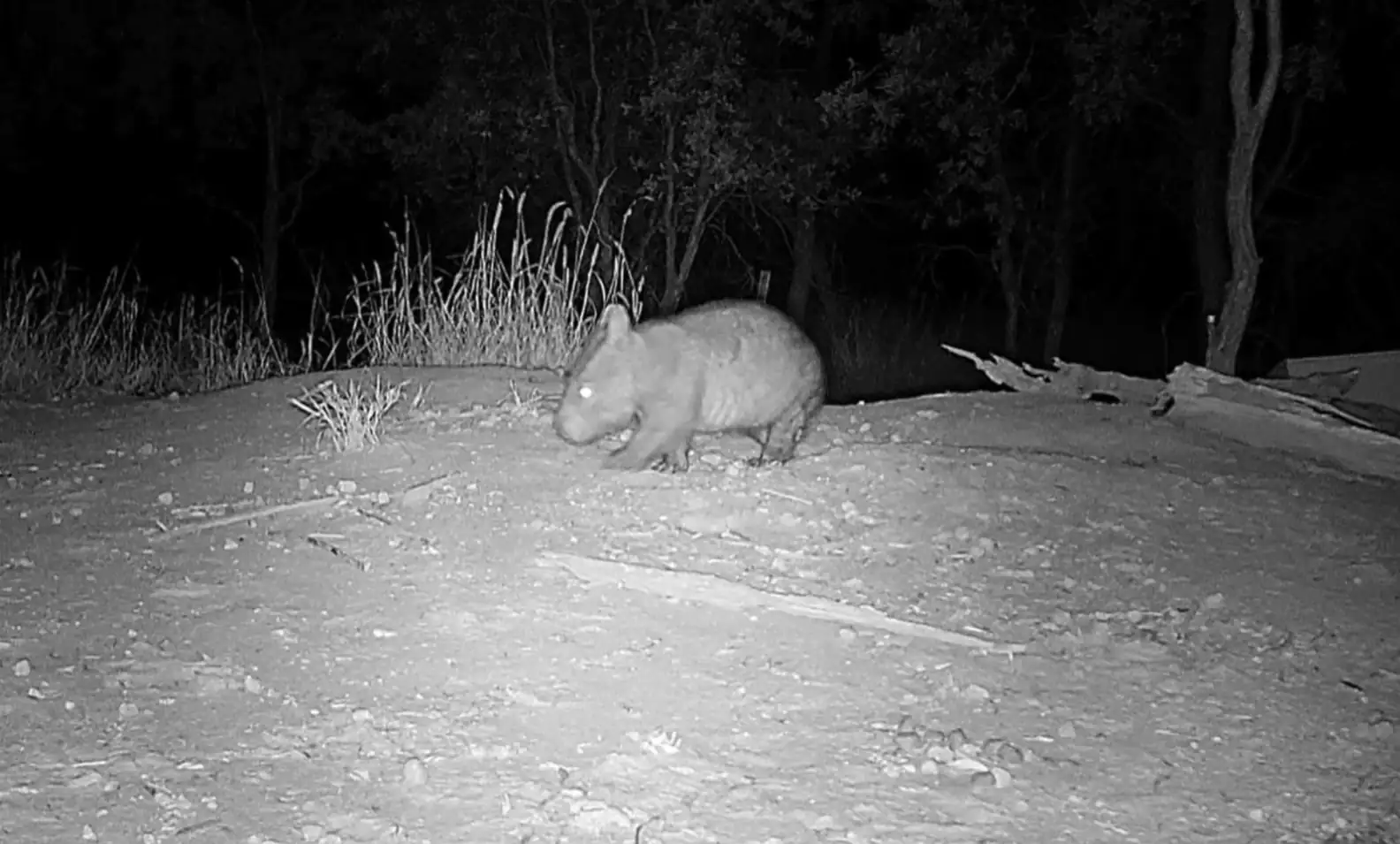As a stout, perky-eared animal waddled through the shrub-filled woodlands of Australia’s Richard Underwood Nature Refuge, it paused to sniff around the dirt and sticks. Unbeknownst to this creature, it had just crossed into the view of a hidden camera. While the night seemed routine for the animal, it was a moment of excitement for the researchers analyzing the footage.
“Ecologists at Australian Wildlife Conservancy (AWC) were thrilled,” AWC shared in a press release. “With only 400 individuals left in the world, every sighting of a wombat is significant.”
This particular wombat was not just any wombat—it was a northern hairy-nosed wombat, a critically endangered species. According to AWC, these wombats are the largest of all Australian wombats and hold the title of the biggest burrowing marsupials globally.

Once more widespread, northern hairy-nosed wombat populations have dwindled due to predation, competition, and habitat loss. Today, they are among Australia’s rarest mammals, as noted by AWC.
Conserving these unique wombats is essential, not only for their survival but also for maintaining the health of the natural ecosystem they support. AWC remains dedicated to safeguarding northern hairy-nosed wombat populations in various national parks and state forests.
Senior field ecologist Andy Howe made the significant discovery while reviewing over 100 hours of footage. Finding the wombat was almost unbelievable for Howe, who was overjoyed to witness such a rare species thriving in its natural habitat. He views this sighting as a hopeful sign for the species’ future.
“It’s incredibly rewarding to see one of the world’s most critically endangered animals doing well and breeding within the protected area,” Howe said. “While this isn’t the first joey born at the refuge, it is the first juvenile spotted in several years. Knowing our work at AWC is helping to recover this species is truly heartwarming.”
